HPCL Electrical Engineer Mock Test - 3 - PSSSB Clerk MCQ
30 Questions MCQ Test HPCL Electrical Engineer Mock Test Series 2024 - HPCL Electrical Engineer Mock Test - 3
A man lends out an amount of Rs. 25,000 into two parts. The first part of the money is lent out at 8% simple interest and the second part of the money is lent out at 8.5% simple interest. If total annual income of the man is Rs. 2031.25, then find how much money is lent out at the rate of 8.5%?
A road roller takes 750 complete revolutions to move once over to level a road. The diameter of the road roller is 84 cm and its length is 1 m. Then, the area of the road, that is being levelled, is: [ use π =  ]
]
A, B and C run on a circular track. Time taken by A, B, and C to complete one round are 6 min, 8 min and 3 min respectively. If they start together at 5 p.m., then at what time will they meet again at the starting point?
In this question, two statements are followed by two conclusions, numbered I and II. Find out which conclusion (s) is / are definitely true, based on the given statements.
Statement : D > B ≥ W, Y > W > M
Conclusions :
I. B ≥ M
II. M < D
The following series is provided and you need to answer the question accordingly:
A B C D E F G H I J K L M N O P R S T U V W X Y Z
In this series find the letter which is fifth to the left from the thirteenth letter from your right.
Arrange the words given below in a meaningful sequence:
1. Milky-way
2. Sun
3. Moon
4. Earth
5. Stars
Fill in the blank with most appropriate option.
Tigers won't attack _______ they are hungry.
Direction: In the following question assuming the given statements to be true, find which of the conclusion among given some conclusion is/are definitely true and then give your answers accordingly:
Statements:
M ≥ Z ≥ B > R < T ≤ V
Conclusions:
I. M > B
II. R < V
III. M = B
R, N, O, W, Q and C are sitting around a circular table facing inside the center. R is sitting immediately to the left to the W, who is facing O, O is sitting immediately to the left to the N. C is not an immediate neighbor of W. Who is sitting to the left of Q?
Gd is the only sister of Md. Md is married to Nd. Nd is mother of Bd. Gd is married to Kd. Jd is son of Kd. How is Jd related to Bd?
The value of 60 ÷ 16 × 2 - [76 ÷ 5 of 19 - 15 ÷ 8 × (21 - 25) - 3] ÷ 53 is:
Without warning, the volcano _______ a large amount of ash, forcing the residents to _______ the area.
In a row of 26 persons facing North, Person A is 13th from the right side. After shifting him third to the left from the existing position, what is his position from the left side now?
Six friends are sitting in a bench facing east. Falak is third to the right of Charu. There are only two people sitting between Sargun and Karan. Charu is at the North end of the bench. Arav is sitting to the immediate left of Falak. Vaibhav and Karan are sitting immediately next to each other. Who is sitting second from the south end?
Direction: In the following question assuming the given statements to be true, find which of the conclusion among given some conclusion is/are definitely true and then give your answers accordingly:
Statements:
M ≥ Z ≥ B > R < T ≤ V
Conclusions:
I. M > R
II R < V
A voltmeter connected across 15 kΩ resistor reads 10 V in the circuit given. Voltmeter is rated at 500 Ω / volt and has a full- scale reading of 20 V. The supply voltage is:
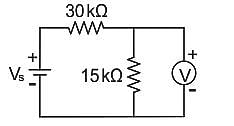
A Charge of 2 Coulombs is placed near a ground conducting plate at a distance of 1 m. The force acting between the charge of 2 C and ground conducting plate in Newton is
For the two-port network shown in the figure, the transmission parameter C is:
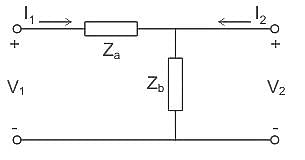
For following Fig. if C(s) is Laplace Transform of output and R(s) is Laplace transform of input, the equivalent transfer function T(s) will be
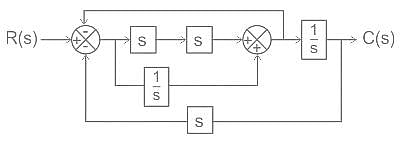
Match List-I with List-II and select the correct answer from the following options :
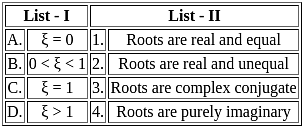
A Two-Port Network is said to be symmetrical when the following equalities hold good
A uniform volume charge density ρv C/m3 is distributed inside the region defined by a cylindrical surface of cross-sectional radius a. The electric field intensity at a distance r (< a) from the cylindrical axis is proportional to:
Match List-I (Power device) with List-II (Property) and select the correct answer:

The y-parameters for the network shown in the figure can be represented by



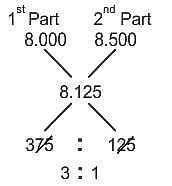
 = Rs. 6250
= Rs. 6250

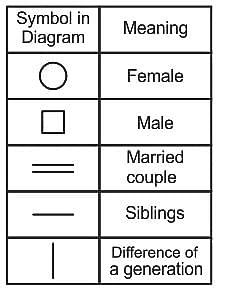
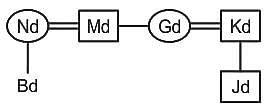

 -
-  × -4 - 3] ÷ 53
× -4 - 3] ÷ 53 +
+  - 3] ÷ 53
- 3] ÷ 53 - 3] ÷ 53
- 3] ÷ 53 ] ÷ 53
] ÷ 53 ] ÷ 53
] ÷ 53 × 2 -
× 2 - 
 -
- 
 =
= 
 .
.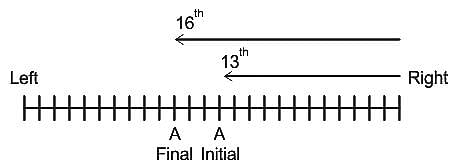
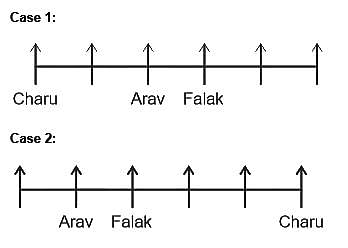
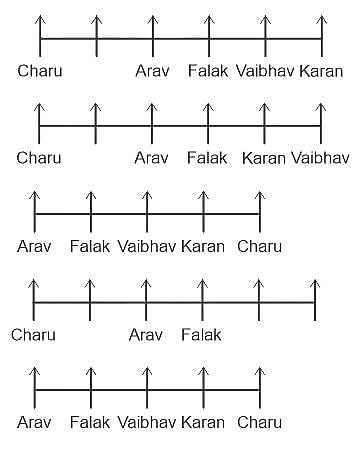


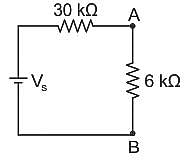

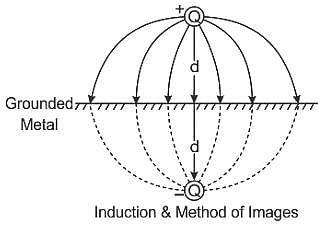
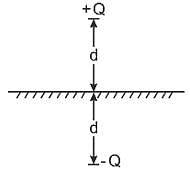






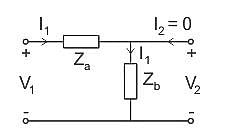



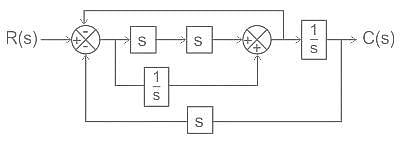


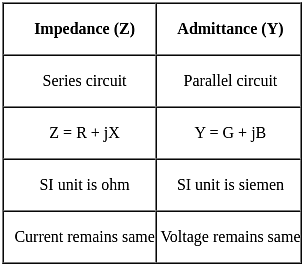
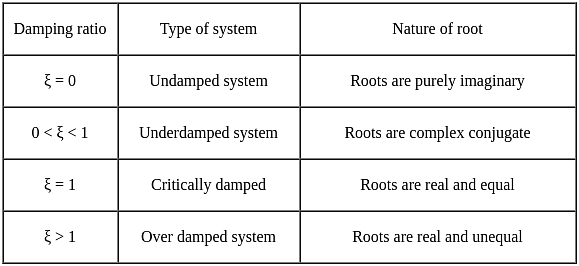
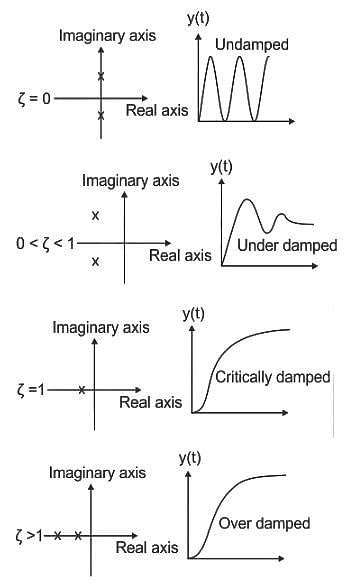



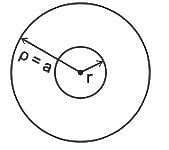






 ...1)
...1) ...2)
...2)
















